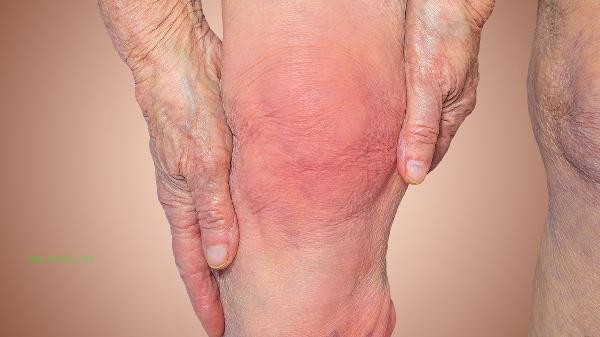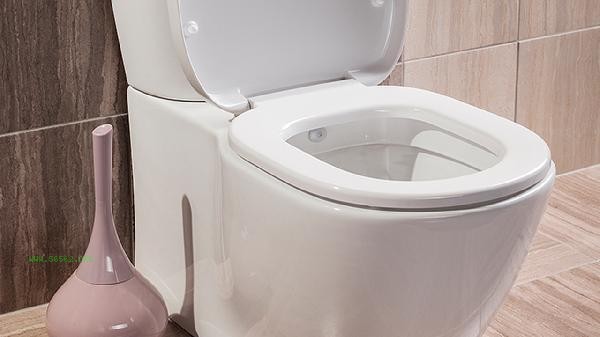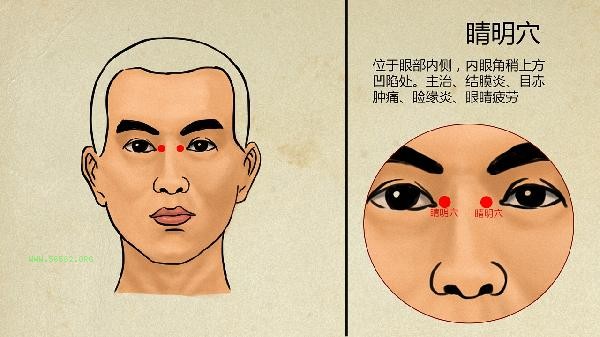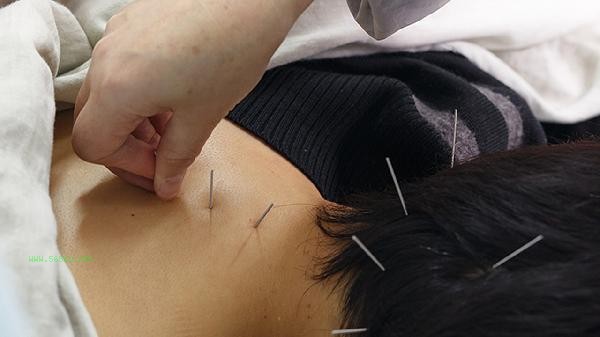Body liposuction surgery carries certain risks and sequelae, including infection, uneven skin, fat embolism, etc. Liposuction surgery improves body shape by removing excess fat, but it is necessary to carefully choose a reputable hospital and strictly follow nursing recommendations after the surgery.
1. Risk of infection. Liposuction surgery is an invasive procedure, and improper postoperative care may lead to infection. The common site of infection is the surgical incision, and in severe cases, it may cause systemic infection. After surgery, it is necessary to keep the wound clean, take antibiotics on time, and avoid vigorous exercise.
2. The skin is uneven. Uneven fat removal during liposuction may result in uneven skin surface. This situation is more common in large areas of liposuction such as the abdomen and thighs. Choosing experienced and refined operational techniques can reduce risks.
3. Fat embolism. During the process of liposuction, fat particles may enter blood vessels and form fat embolism, which can be life-threatening in severe cases. A detailed examination is required before surgery to rule out contraindications such as coagulation dysfunction, and the amount of fat aspiration is strictly controlled during surgery.
4. Postoperative pain and swelling. After liposuction, there may be varying degrees of pain and swelling at the surgical site, usually lasting for 1-2 weeks. After surgery, it is necessary to wear shapewear, apply appropriate ice, and avoid strenuous activities, which can help alleviate symptoms.
5. Abnormal skin sensation. Liposuction may damage subcutaneous nerves, leading to dull or numb skin sensation at the surgical site. This situation is mostly temporary and usually recovers on its own within a few months. After surgery, gentle massage can be performed to promote nerve function recovery.
6. The postoperative effect is not ideal. After liposuction, there may be a redistribution of fat, resulting in less noticeable changes in body shape. This situation is related to factors such as personal constitution and postoperative dietary control. After surgery, it is necessary to adhere to a healthy diet and moderate exercise to maintain the surgical effect.
7. Anesthesia risk. Liposuction surgery usually requires general anesthesia or local anesthesia, which poses a risk of anesthesia accidents. A detailed physical examination is required before surgery to assess anesthesia tolerance and select an appropriate anesthesia method.
8. Postoperative scar formation. The liposuction incision may leave obvious scars, affecting aesthetics. Choosing a concealed incision location and using scar repair products after surgery can reduce scar formation.
9. Postoperative psychological impact. Some patients have high expectations for the effectiveness of liposuction, and may experience psychological problems such as disappointment and anxiety after surgery. Before surgery, it is necessary to communicate fully with the doctor, understand the limitations and possible effects of the surgery, and be mentally prepared.
10. Management of postoperative complications. If there is severe pain, fever, wound leakage or other abnormal conditions, seek medical attention promptly. Regular postoperative follow-up to promptly detect and manage complications, ensuring safe recovery.
Body liposuction surgery requires careful consideration, and choosing a reputable medical institution and experienced doctors is key. A detailed physical examination and evaluation are required before surgery to understand the surgical risks and potential outcomes. After surgery, it is necessary to strictly follow nursing advice, pay attention to dietary control and moderate exercise, and maintain the surgical effect. If any abnormal situation occurs, seek medical attention promptly. Although liposuction surgery can quickly improve body shape, it is not a universal method for weight loss. A healthy lifestyle and a scientific weight loss plan are more important.








Comments (0)
Leave a Comment
No comments yet
Be the first to share your thoughts!